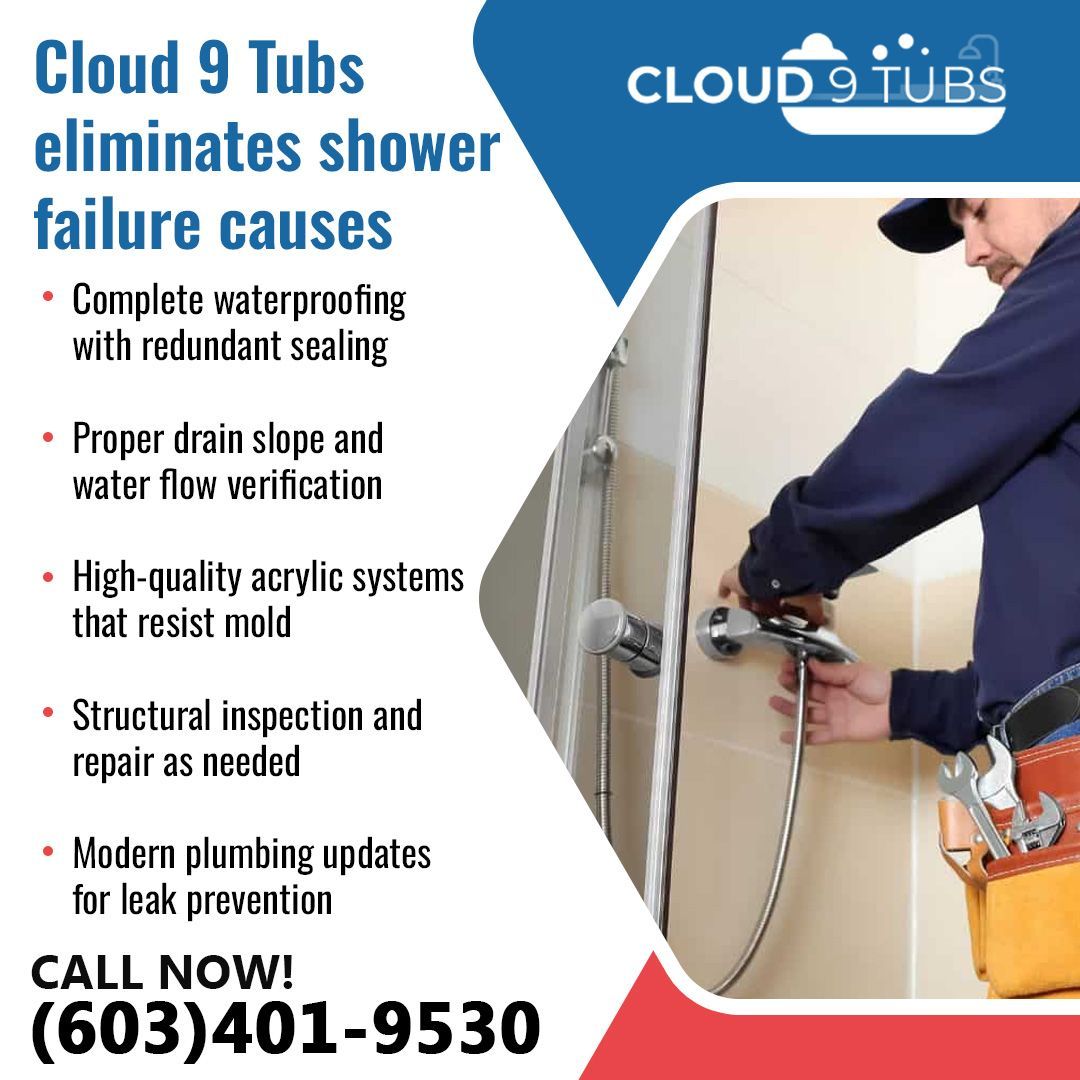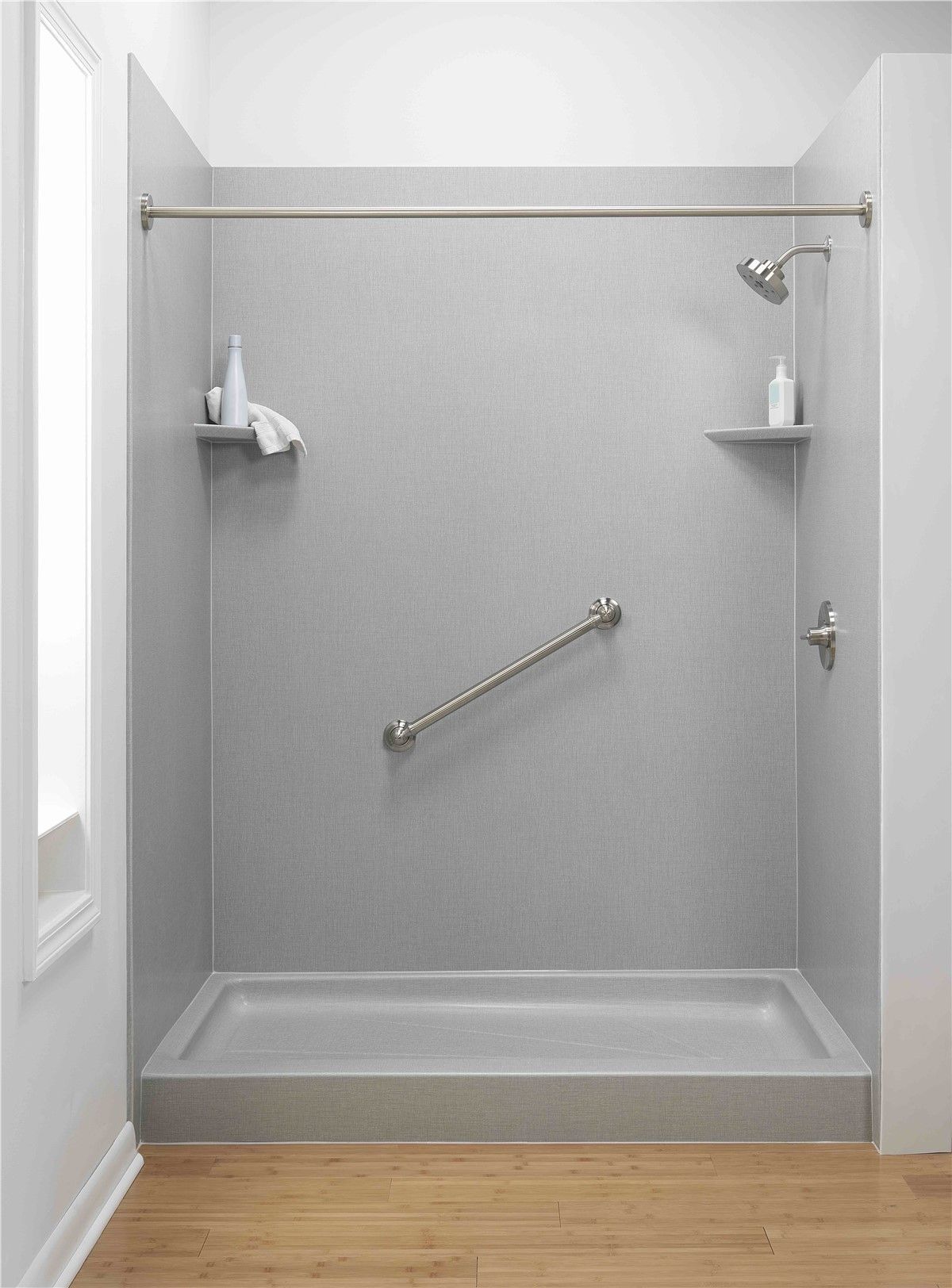How to prepare your home for a one-day bathtub installation in Southern Maine
When it comes to home renovations, the bathroom is often a priority, and the bathtub can be a centerpiece that defines the space. In Southern Maine, where time and efficiency are particularly valued due to the varying weather conditions, opting for a one-day bathtub installation can significantly reduce the hassle and complexity of bathroom remodeling. This blog post will guide you through the necessary steps to prepare your home for this swift and effective upgrade.
Why Choose a One-Day Installation?
- Efficiency and Convenience: One of the main advantages of a one-day bathtub installation is the minimal disruption it causes to your daily life. Unlike traditional methods that can take several days and disrupt household routines, a one-day installation is completed quickly and efficiently.
- Cost-Effectiveness: Since the installation is completed in a single day, the labor costs are typically lower. There's also less likelihood of unexpected costs arising from prolonged construction periods.
- Quality and Assurance: Many reputable companies offer guaranteed services for one-day installations, ensuring that the work is both high-quality and durable. This often includes a warranty that provides peace of mind.
- Comparison with Traditional Methods: Traditional bathtub installations can be lengthy, involving multiple days of work and extensive adjustments to plumbing and tiling. In contrast, a one-day installation is pre-planned and executed with precision, often involving pre-fabricated units that fit perfectly into your existing space.
Pre-Installation Preparation
Preparing your home for a one-day bathtub installation is key to ensuring the process is smooth and free from unexpected delays. Here’s a comprehensive checklist to guide you:
A Week Before Installation:
- Clear Communication: Confirm the installation date and time with your contractor. Ensure they have your correct contact information in case they need to reach you on the day.
- Prepare the Bathroom: Remove all personal items, toiletries, and removable fixtures from the bathroom. This includes items in cabinets and on shelves that might be in the way or could be damaged.
- Access Assessment: Ensure that there is clear access to the bathroom for the removal of the old tub and the installation of the new one. This might involve moving furniture or taking down a section of fence if exterior access is necessary.
The Day Before Installation:
- Pathway Clearance: Clear a pathway from the main entrance of your home to the bathroom. This should be wide enough to accommodate the new bathtub and any tools or materials.
- Protect Your Flooring: Lay down protective sheeting or drop cloths along the pathway and in the bathroom to protect your floors from damage and debris.
- Verify Utilities: Confirm that all necessary utilities are working, especially water shut-off valves. If there's an issue, notify the installer ahead of time.
Installation Day Morning:
- Final Check: Do a quick sweep of the bathroom and the pathway to ensure everything is ready and accessible.
- Meet the Team: Be available to meet the installation team when they arrive, show them the work area, and discuss any last-minute details or concerns.
Following this preparation guide will help ensure that your one-day bathtub installation is as efficient and seamless as possible.
Selecting the Right Bathtub
Choosing the right bathtub is crucial for both aesthetic satisfaction and functional comfort in your bathroom. Consider these factors:
- Size and Fit: Measure your bathroom carefully to ensure the new tub will fit without extensive renovations. Consider both the length and depth of the tub, especially if you're aiming for a more luxurious, spa-like experience.
- Material Choices: Bathtubs come in various materials, including acrylic, fiberglass, cast iron, and more. Acrylic and fiberglass are popular for one-day installations due to their light weight and ease of handling, while cast iron could be ideal if you're looking for durability and classic style.
- Design and Features: Think about the style of your bathroom. Do you prefer a modern look or a more traditional feel? Additionally, consider features such as jets for a whirlpool effect, non-slip surfaces, and ergonomic designs for added comfort.
- Local Suppliers in Southern Maine: Support local businesses by considering bathtubs from local suppliers in Southern Maine. They can often provide valuable advice tailored to your local climate and installation needs, and might even offer competitive pricing.
What to Expect on Installation Day
A one-day bathtub installation in Southern Maine should be a well-coordinated effort, ensuring minimal disruption and optimal results. Here's what you can expect during the process:
Arrival and Setup:
- Team Introduction: The installation crew will introduce themselves and go over the plan for the day, confirming any last-minute details with you.
- Work Area Preparation: The crew will set up their tools and protect any areas of your home that might be affected by the installation process.
Removal of the Old Bathtub:
- Disconnection: The old bathtub will be disconnected from the plumbing. This involves turning off the water supply and carefully detaching any connected fixtures.
- Extraction: The bathtub will be carefully removed. Depending on the type and size of the tub, this might require significant effort and the use of tools to break the tub into manageable pieces.
Installation of the New Bathtub:
- Preparation of Space: The area will be cleaned and prepared for the new bathtub, ensuring that the space is level and free of debris.
- Fitting the New Tub: The new bathtub will be maneuvered into place. This step is critical and requires precision to ensure that the tub fits perfectly without damaging surrounding areas.
- Connections: Plumbing will be connected to the new tub, including the drain and overflow. The installer will check for leaks and ensure everything is tightly secured.
Finalization and Cleanup:
- Sealing and Caulking: The bathtub will be sealed and caulked to prevent water damage and to enhance its appearance.
- Cleanup: All protective materials will be removed, and the work area will be cleaned up. The installation team will remove any debris from your property.
- Inspection and Handover: You will be invited to inspect the installation. The team will explain how to use and maintain your new bathtub and address any questions you might have.
Post-Installation Tips
After the installation is complete, here are some tips to ensure the longevity and aesthetics of your new bathtub:
Immediate Care:
- Let it Settle: Avoid using the bathtub for the first 24 hours to allow any sealants and caulking to fully set.
- Initial Cleaning: Clean the bathtub as recommended by the installer to remove any residues from the installation process.
Long-Term Maintenance:
- Regular Cleaning: Use non-abrasive cleaners to maintain the surface of the bathtub. Harsh chemicals can damage the finish and shorten the lifespan of the tub.
- Inspect Regularly: Regularly check for any signs of leaks or damage, especially around the edges and sealants. Early detection can prevent costly repairs.
- Professional Follow-Up: Schedule a follow-up inspection with your installer after a month or so to ensure everything is functioning correctly and to address any concerns that may have arisen.
Common Questions Answered
To further help with your one-day bathtub installation, here are answers to some commonly asked questions:
- How long does the actual installation take?
- Typically, the installation itself is completed within several hours, depending on the complexity and type of bathtub.
- Can I install any type of bathtub in one day?
- Most standard bathtubs can be installed in one day, but more complex setups, like those with advanced hydrotherapy features, might require additional time.
- What should I do if I notice a problem after the installation?
- Contact the installation company immediately. Most reputable installers will offer warranties and support for issues arising shortly after installation.
Choosing a one-day bathtub installation in Southern Maine is an efficient and effective way to enhance your bathroom. By following the detailed preparation steps and knowing what to expect, you can ensure a smooth installation process and enjoy your new bathtub with minimal hassle. Whether upgrading for aesthetic reasons or functionality, careful planning and professional execution are key to a successful installation.
Blog






